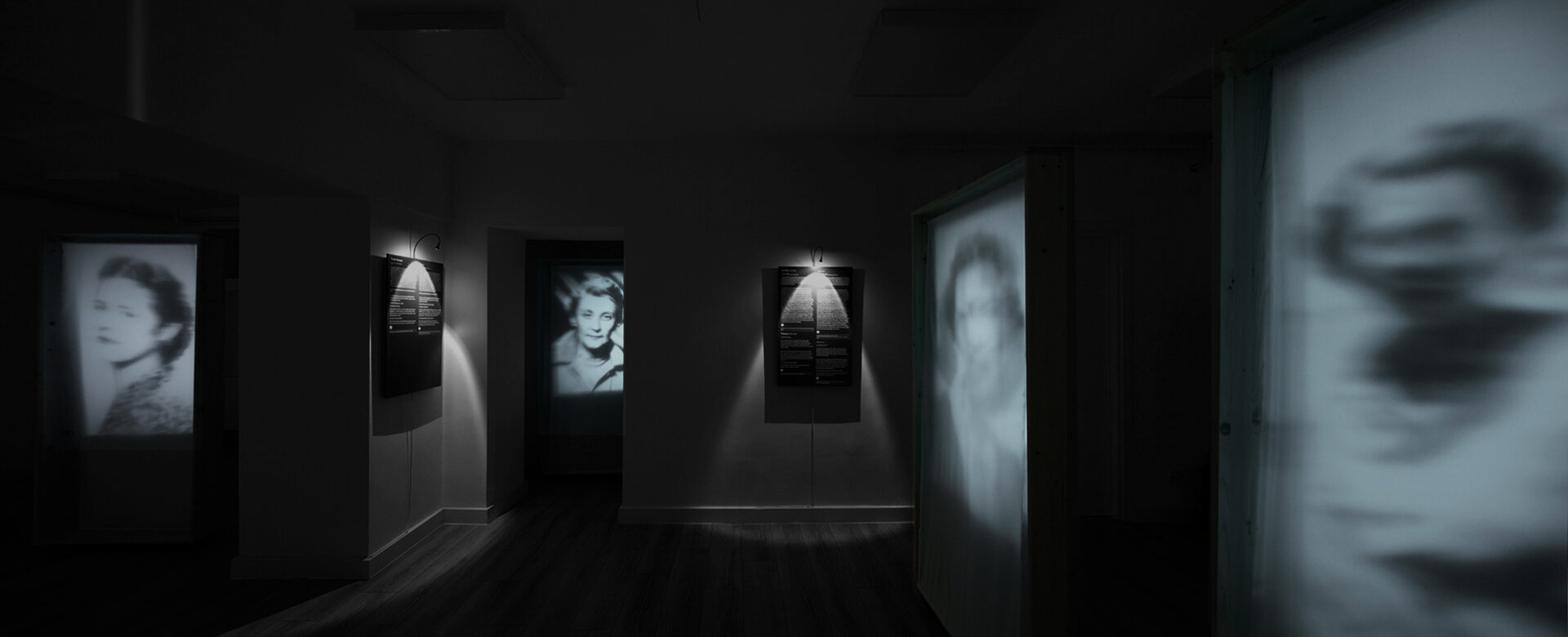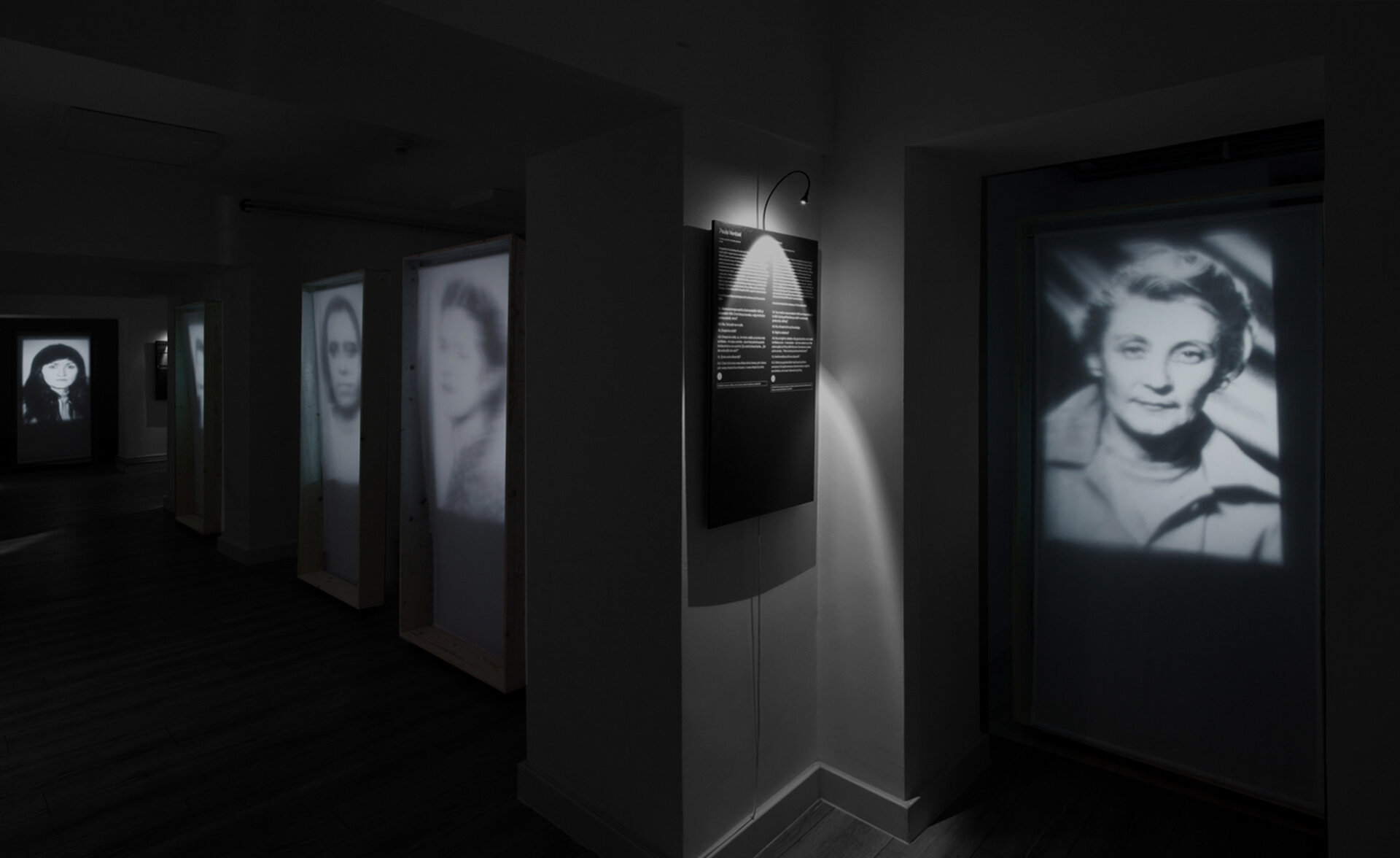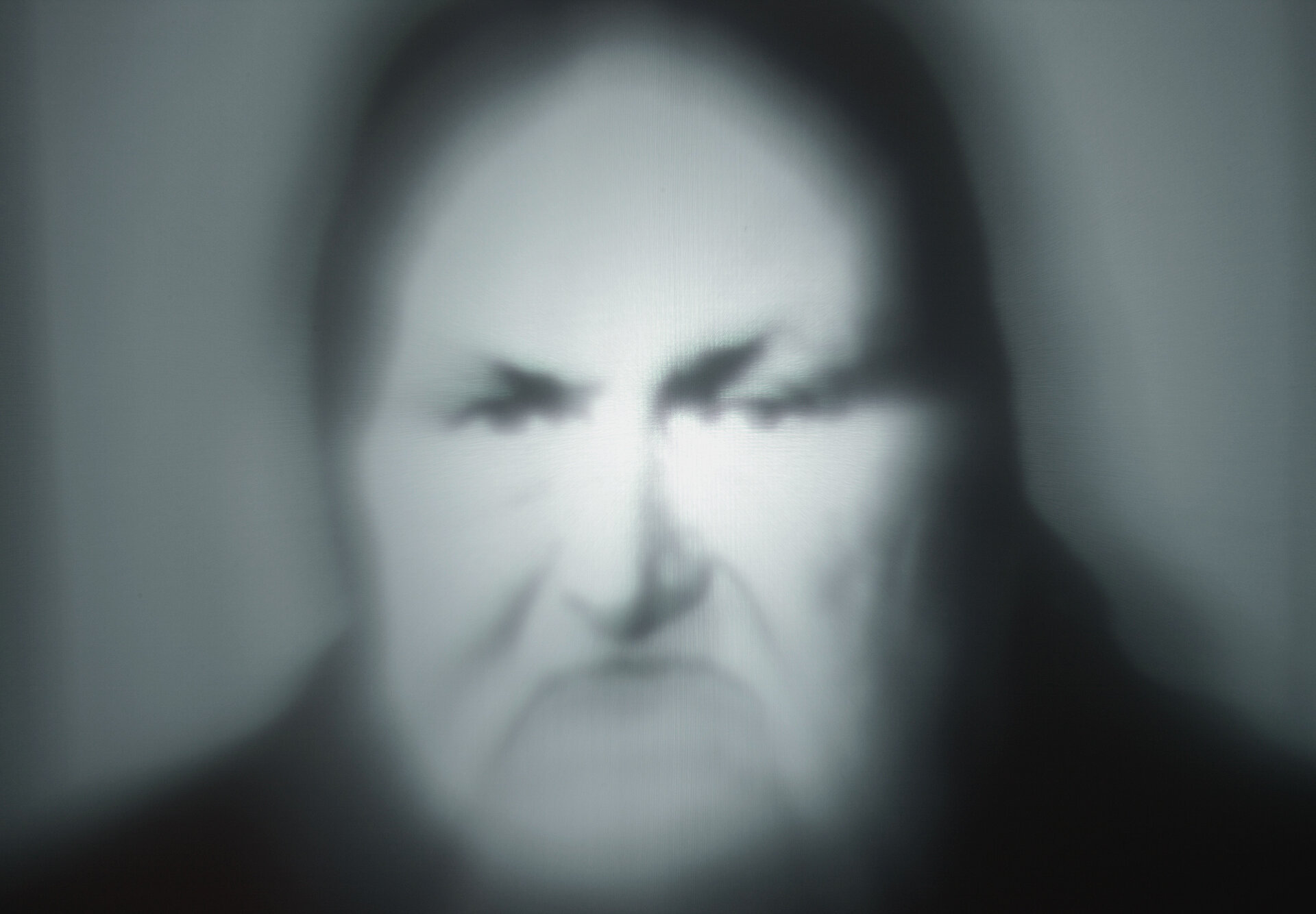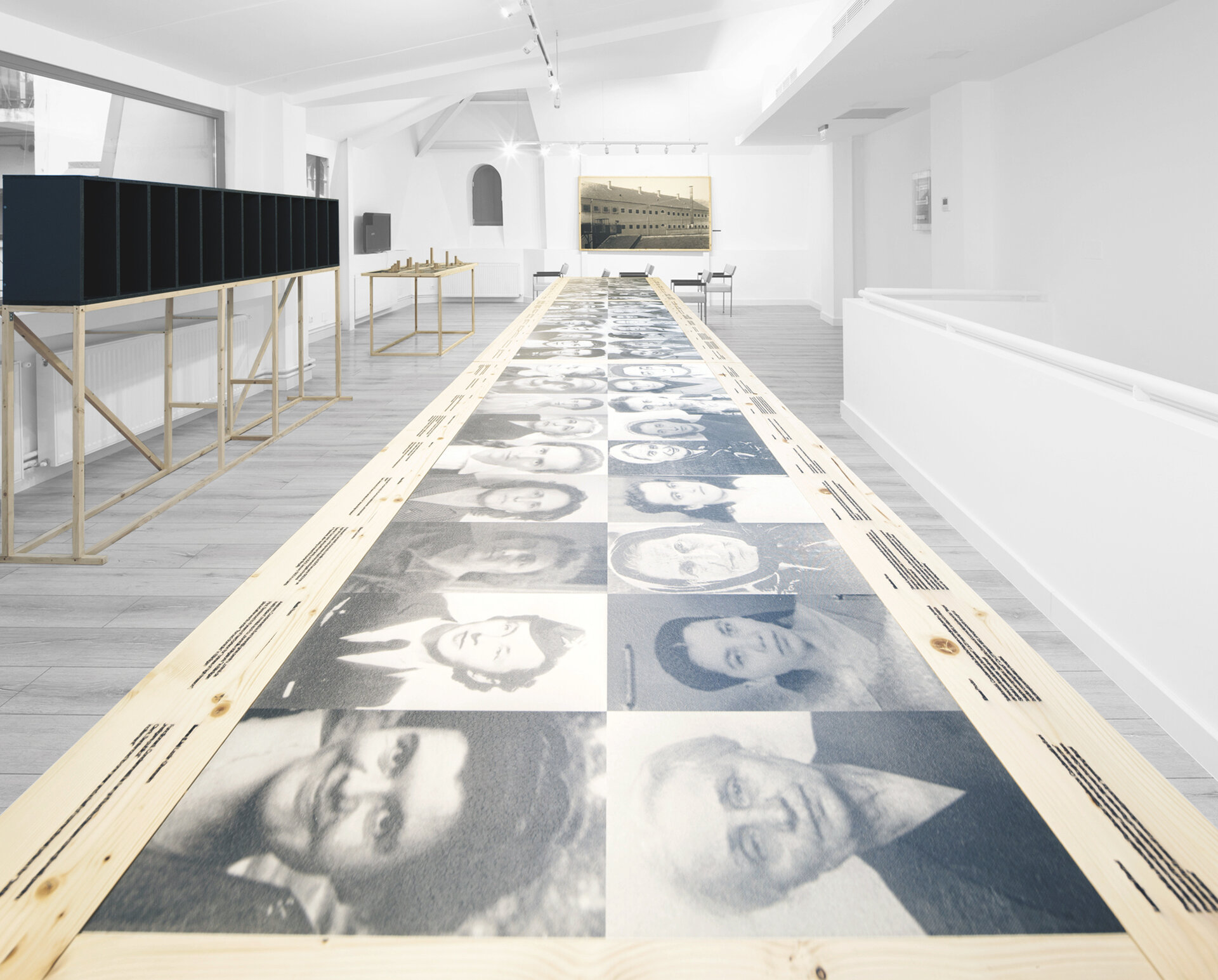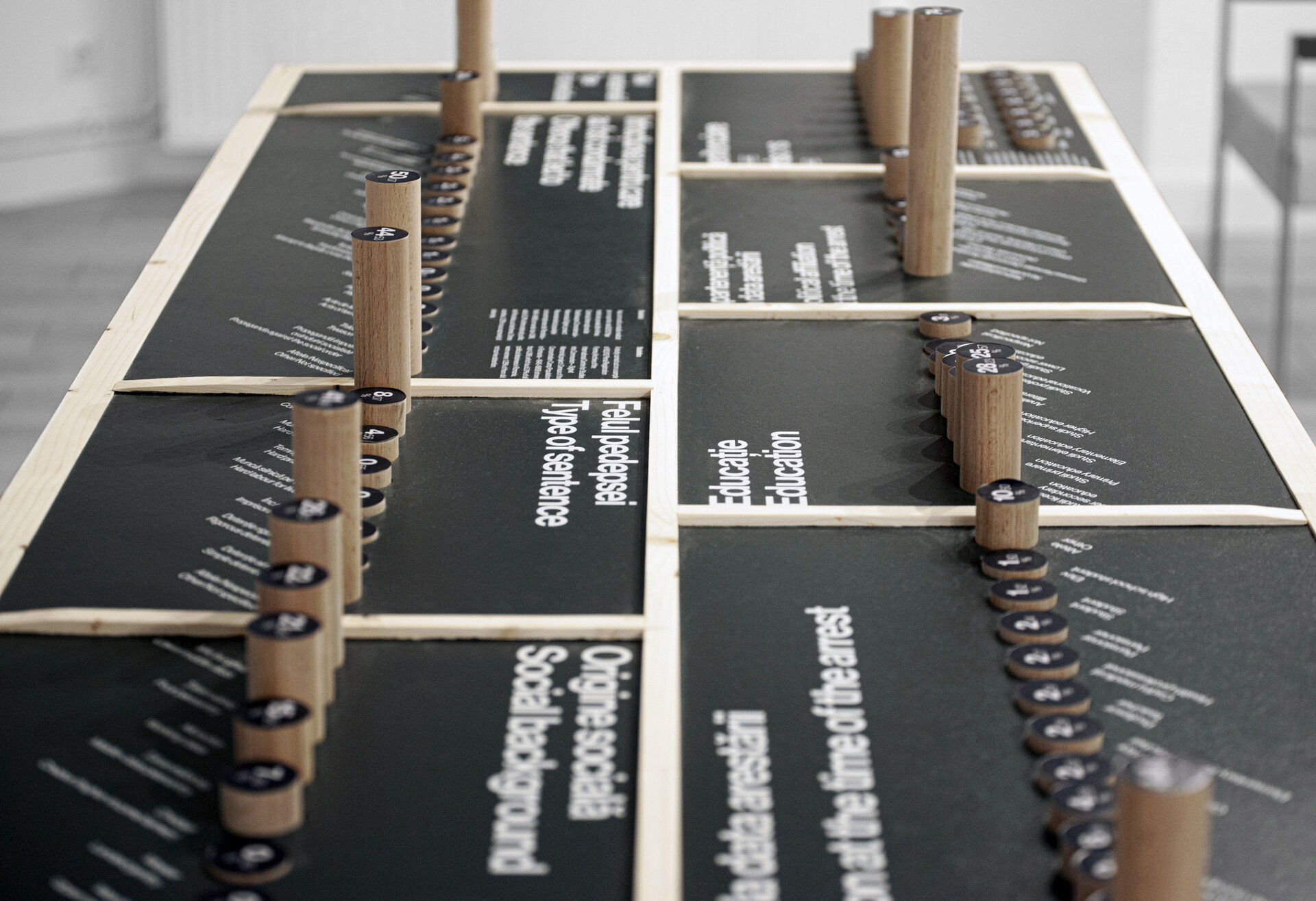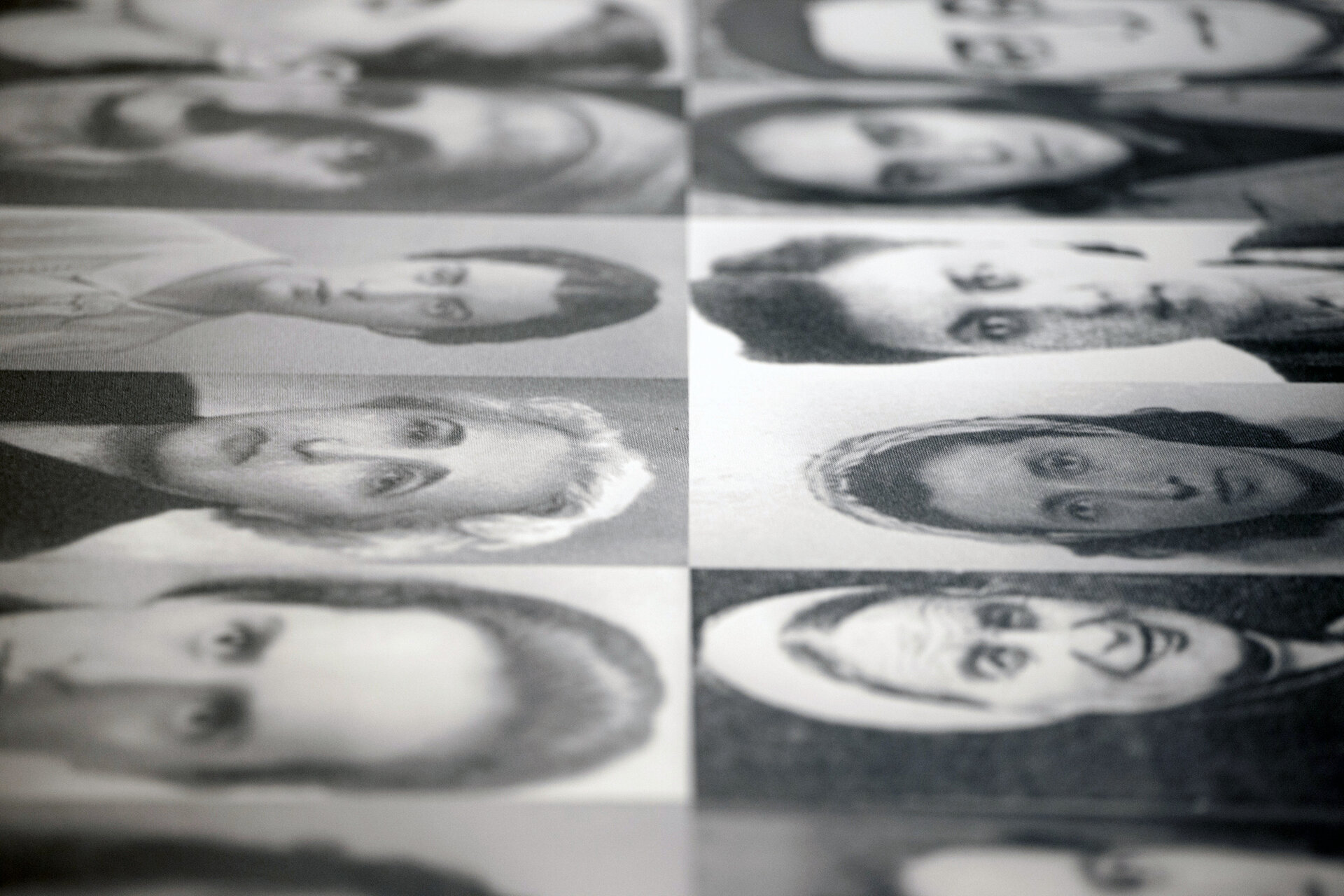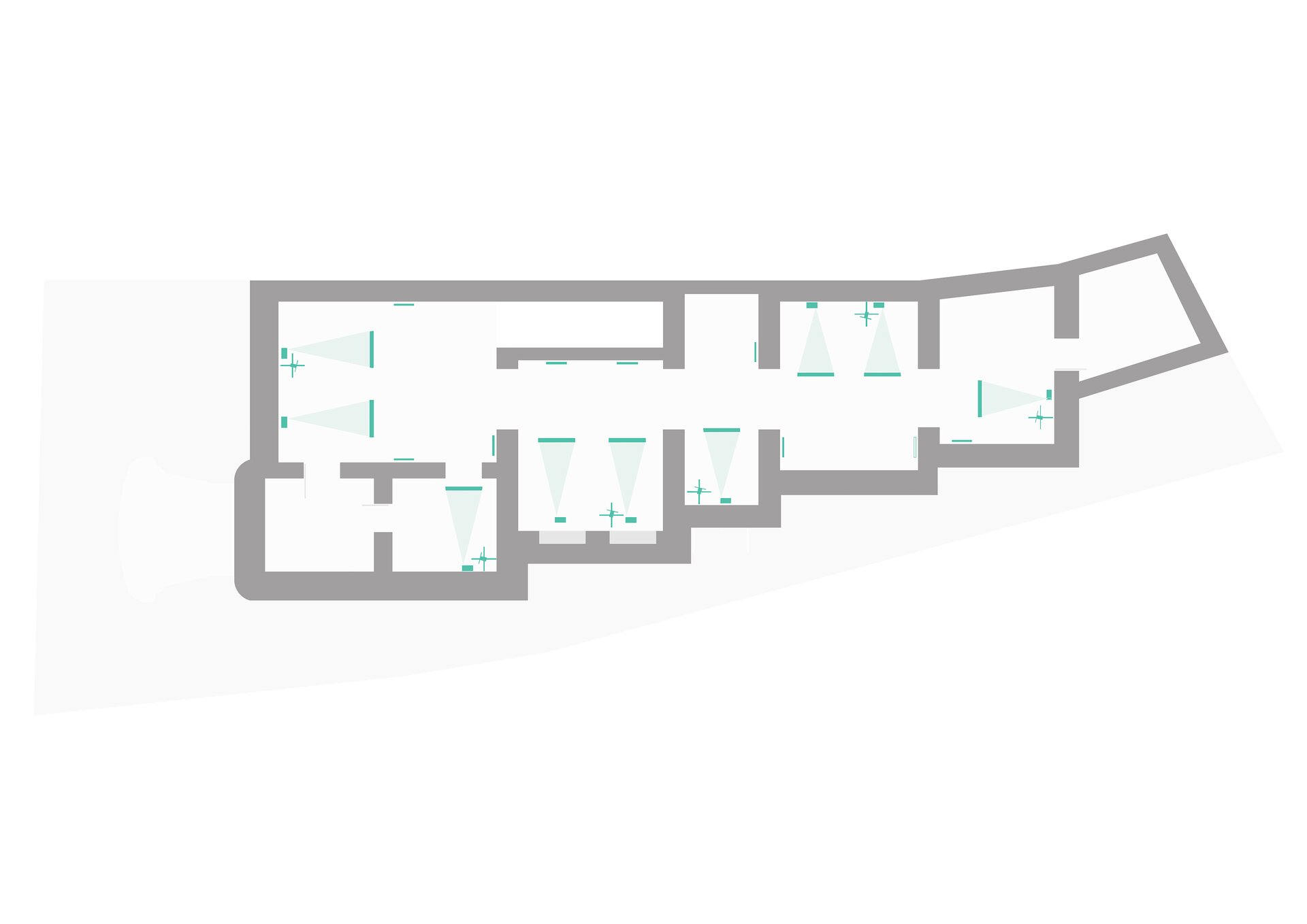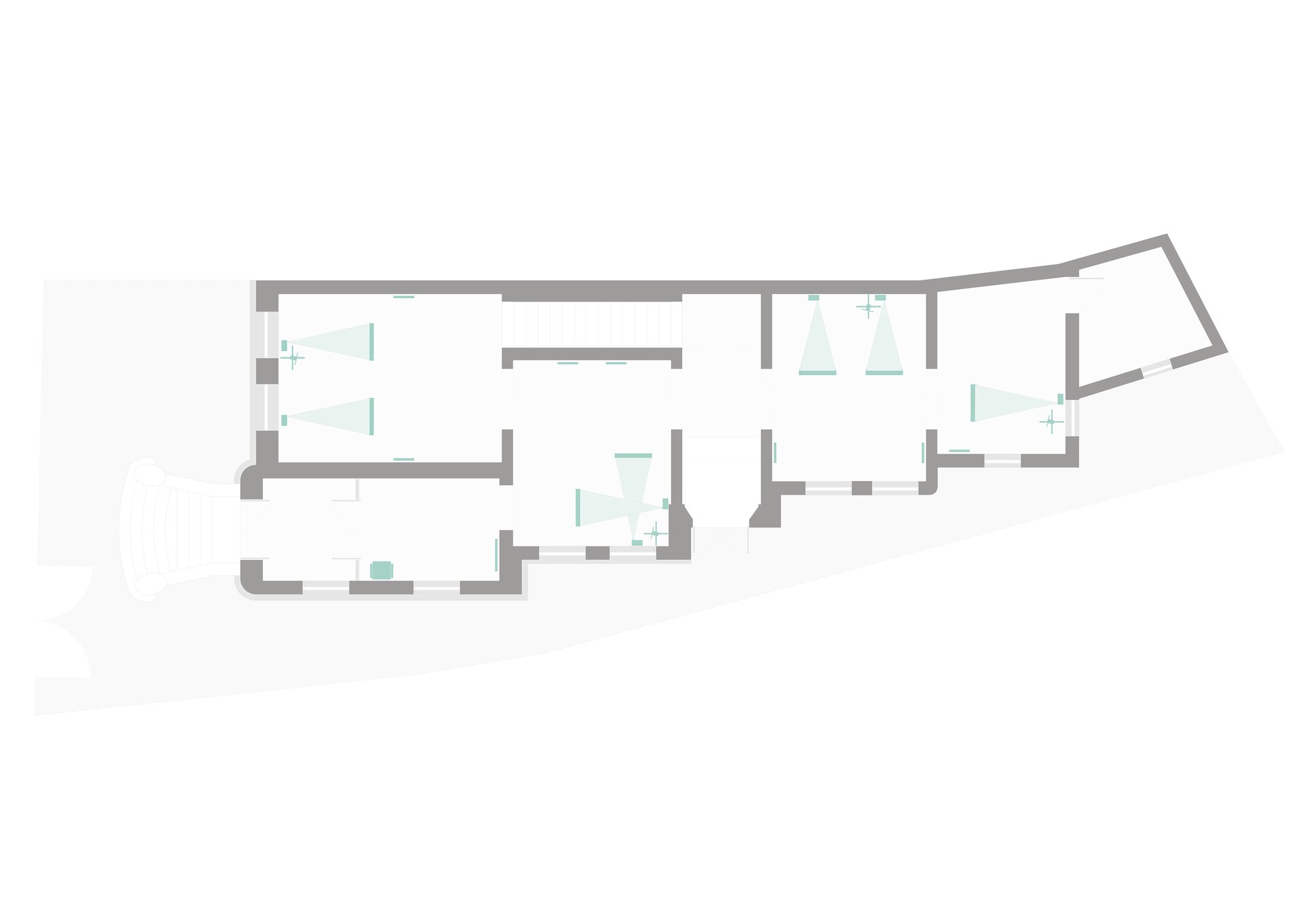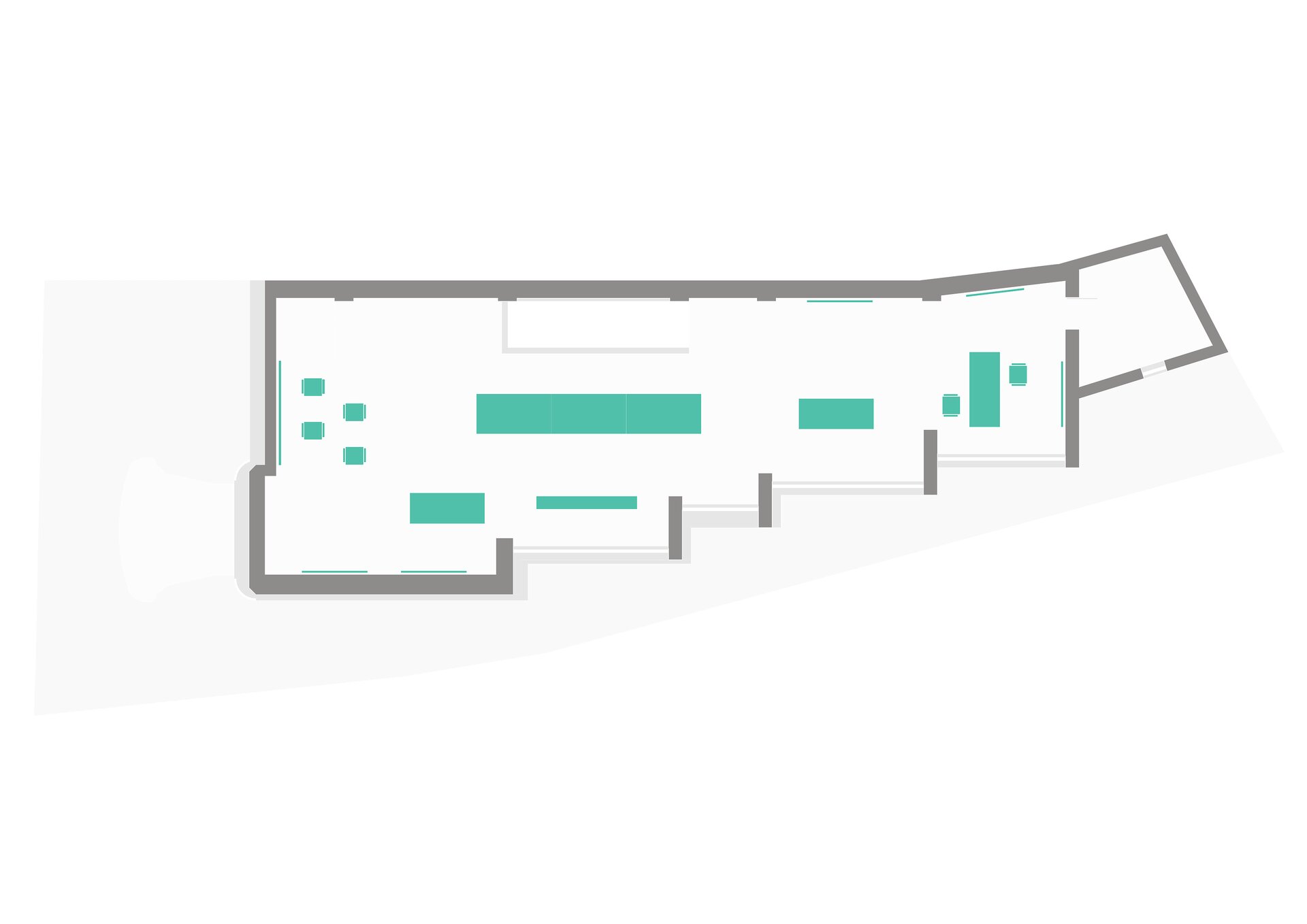
- Prize of the “Interior Space Architecture / Exhibition and Scenography Design” section
Women ‘Enemies of the People’
Authors’ Comment
As any other totalitarian regime, Communism did not take into account factors such as age, gender, state of health or cultural level of the people it repressed. ‘Enemies of the people’ weren’t only adults, but also children, weren’t only men, but also women. Countrywomen and female aristocrats, intellectual and simple women, older women, teenagers or even girls, pregnant and postnatal women, as well as women with breastfed children were considered to pose a potential threat to the regime.
According to statistics by CISAC of the Sighet Memorial, 5.31% of all individuals detained on political grounds in Communist Romania were women. Reasons for their imprisonment varied. Some women were deemed to be a threat to the social order of the Communist state, others suffered through prison as mothers, wives or daughters of men who were detained.
The space dedicated to this exhibition being limited, it can only depict a few cases amongst tens of thousands.
The exhibition is structured in two main parts:
a) 16 case studies (ground floor and semi-basement), presented as light projections on a double-screen (tracing paper and cloth). This screen is put in motion permanently by a draught from a ventilator situated behind the screen. Because of this, the projection goes in and out of focus, giving the impression of constant breathing. The sound gave off by the ventilators accentuates the evocative state of these spaces, simulating the heaviness of detention.
b) Multimedia hall (attic) which contains:
- 54 portraits of women and short descriptions of detention cases;
- 3d infographic representing a multicriterial analysis of detention within the communist Gulag;
- cellular-object containing quotes from memorialist writings of women that had been detained;
- cabinet with objects belonging to detainees;
- reading table;
- media space
Related projects:
- Women ‘Enemies of the People’
- EXPO_01_BUC_ARH_SP.PUBLIC. Selection from Mihai Oroveanu image collection
- The Romanian Museum of Collectivization. Ioachim’s house
- METAKITCHEN
- RDW Design House
- DIPLOMA 2020 LIVING ROOM
- #TOGETHER
- DIPLOMA 2020 IMUAU
- Astra VR
- Exhibition Design “Shaping Design. Together” MNAR
- Once Upon a Time in Cotroceni
- City and Water
- FotoKaleh
- BIOS – An Interactive Art Exhibition about the Anthropocene
